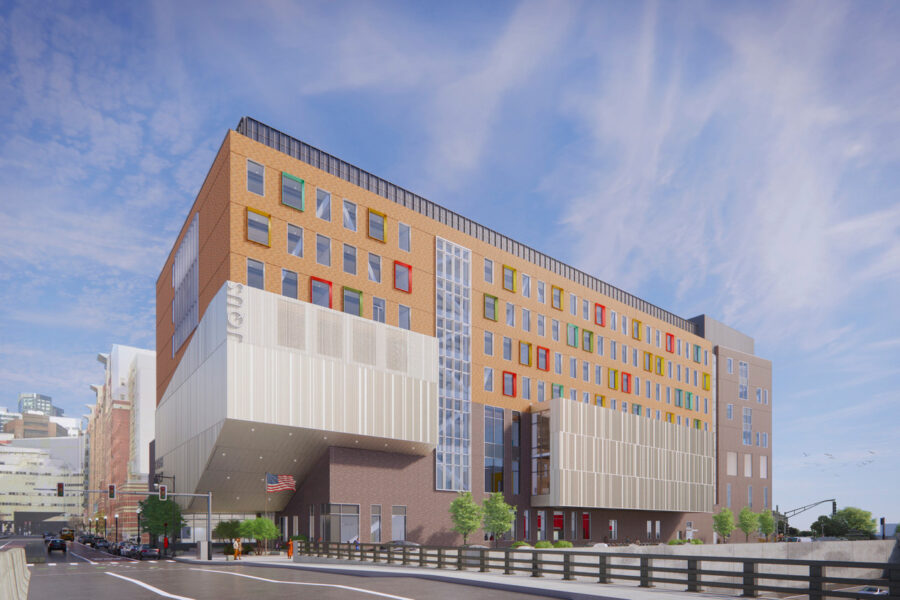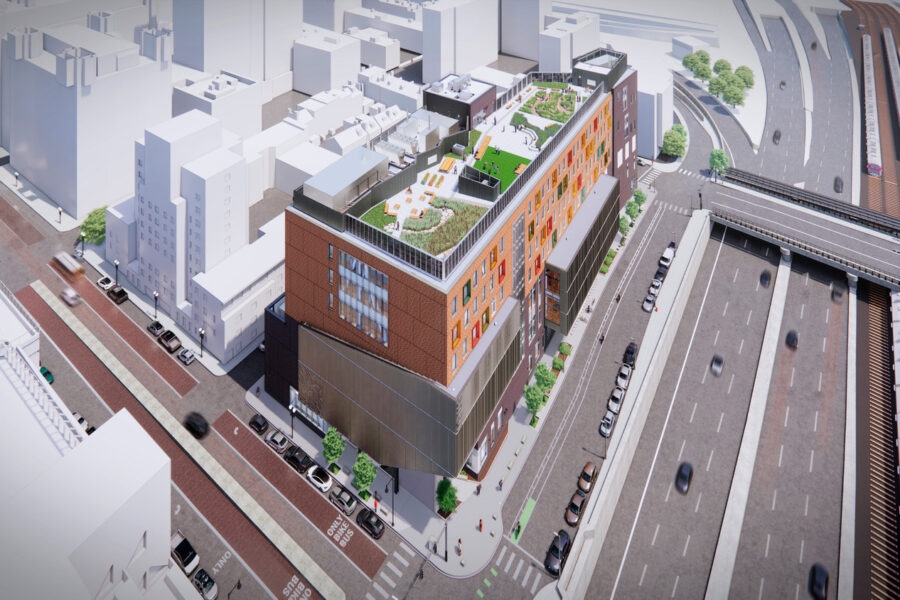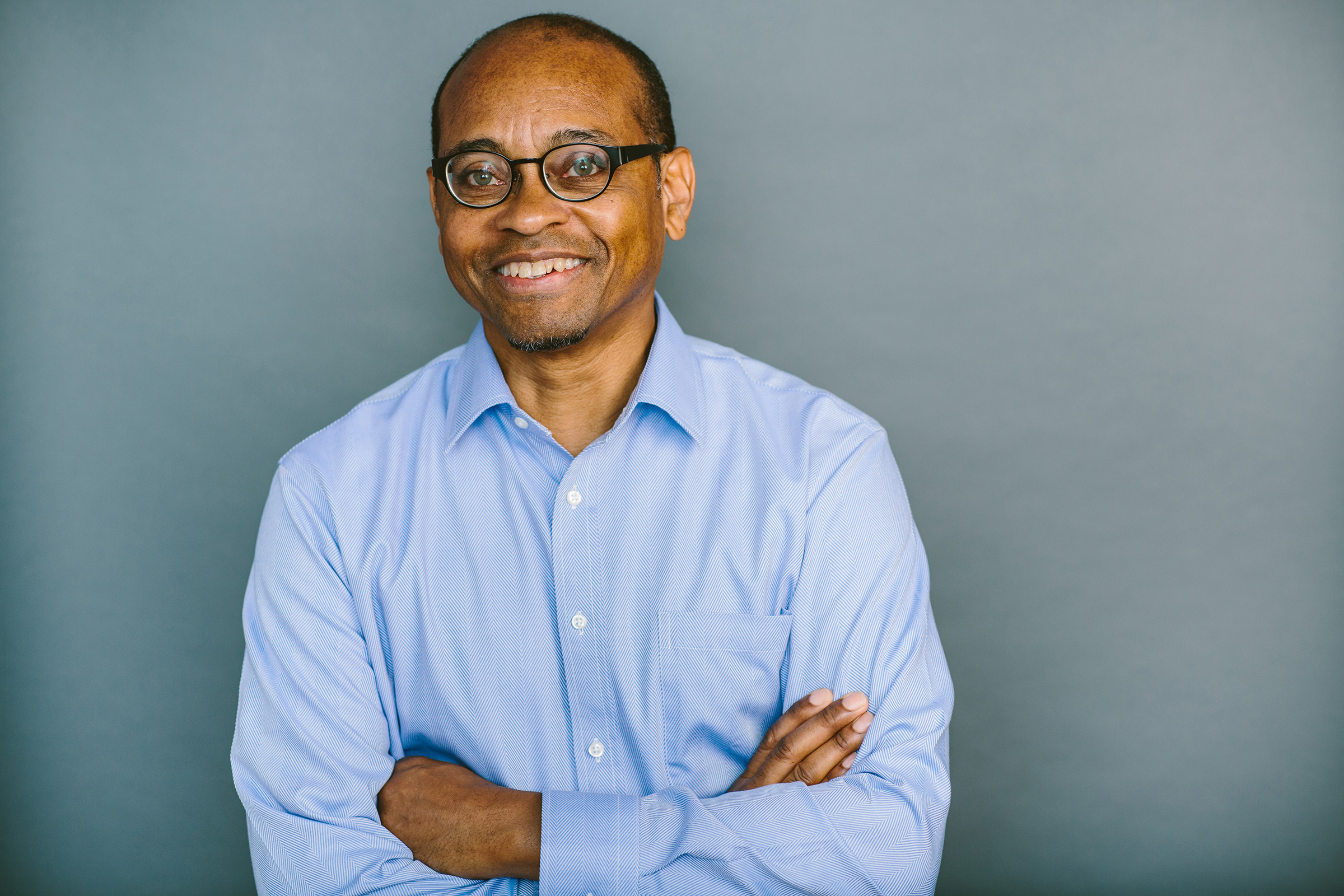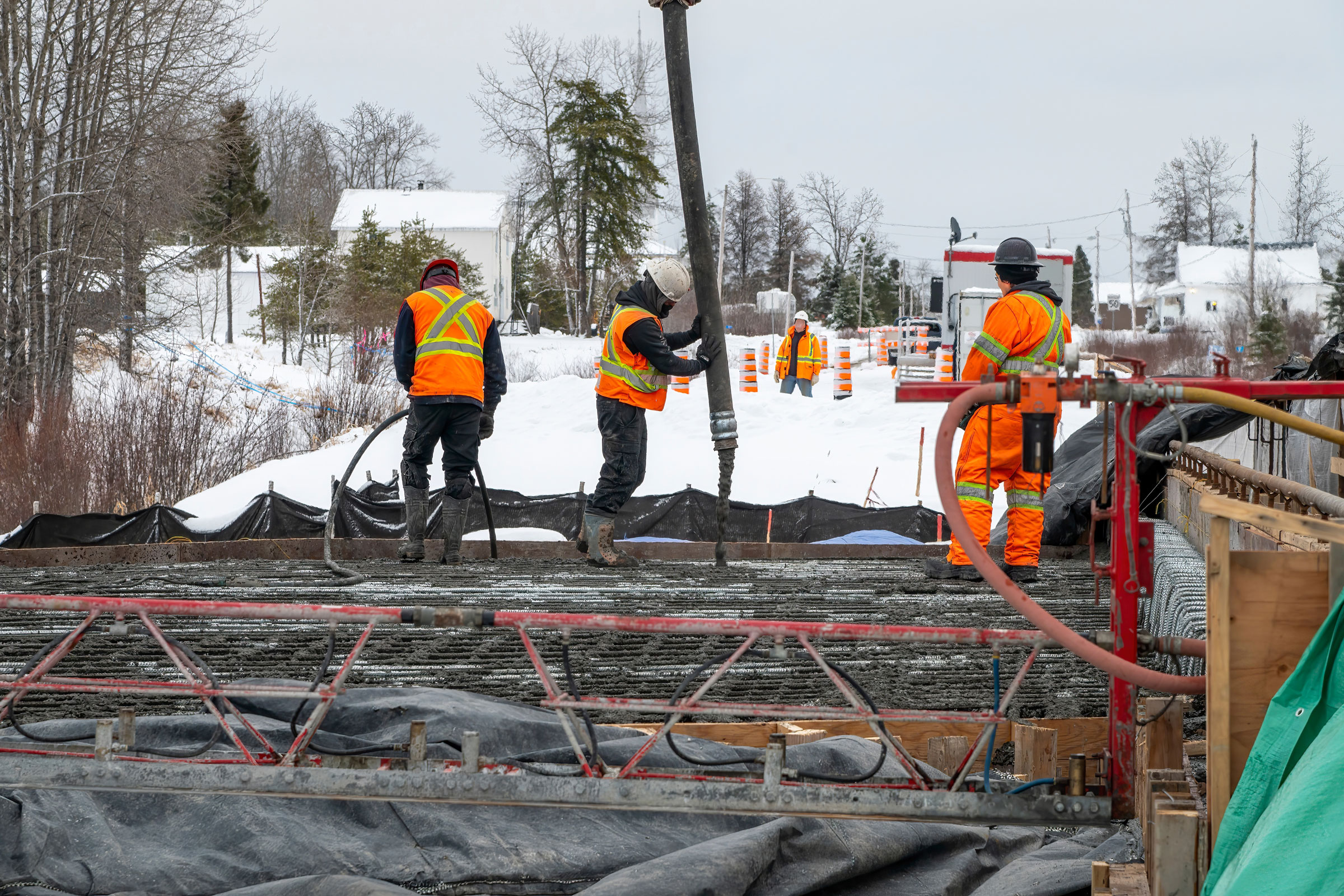Story at a glance:
- Pip Lewis, principal at HMFH Architects, is a top architect designing for equity.
- Lewis continues to advocate for the disadvantaged—especially with schools like the Josiah Quincy Upper School in Boston, a long-awaited high-rise school.
- “Communities of color are always located in the areas that have the worst air quality, and this was no exception.”
Philip “Pip” Lewis grew up in Detroit, and between his home city, visits to relatives in Chicago, and weekend trips to Toronto, by junior high he’d developed a strong interest in the built environment.
“We went to Expo 67, and I saw the fantastic pavilions that were there—the Russian pavilion, Moshe Safdie’s Habitat,” Lewis says. “I got really excited about architecture and design.” At Detroit’s Cass Technical High School, he took advantage of the school’s architecture curriculum, taking classes in drafting and construction.
After completing his master’s degree at MIT in 1981, Lewis was hired as “a junior drafter” at Cambridge’s HMFH Architects. He’s now a principal at the firm, where he’s spent his entire 42-year career. “It’s a very good, comfortable, family-like organization to be in,” he says. “That’s why myself and actually a lot of people have been there for a number of years.”
Part of what makes HMFH’s practice rewarding for Lewis is its focus on designing public and charter schools around New England. “I’ve always said I’m so glad I do schools, rather than luxury condominiums or shopping centers or something like that,” he says. “You always have to go and engage with the community you’re going to build a project in. And it’s so nice engaging with the community to build a school, because in general the communities want the school. It’s not like when they’re out to stop the strip mall that’s going to get built.”

On a limited 0.9-acre lot less than a mile from Boston City Hall, the new Josiah Quincy Upper School design responds to its urban site constraints with a dynamic rooftop designed as an accessible outdoor space for learning, gathering, and activity. Rendering courtesy of HMFH Architects
With many stakeholders, not to mention the vagaries of local politics, school projects can take years to come to fruition. One of HMFH’s latest projects is the Josiah Quincy Upper School in Boston’s Chinatown neighborhood. It’s the first permanent home for the school, which was established as a pilot program in 1997 and serves a diverse population. “The school is something like 94% minority,” says Lewis, who’s been attached to the project since 2011; it’s on track to open for the 2024–25 school year.
“We went through four mayors and something like six superintendents of schools to get this project up and running,” Lewis says. Massachusetts’ complicated funding formulas for school construction were a factor, but finding the right site was also a challenge. “We looked at 40 different sites over the years. We had three different false starts where we did a whole schematic design package: traffic studies, zoning issues, hundreds of pages of documents,” only to fall through for various reasons.

Photo courtesy of HMFH Architects
“I saw it as an injustice going on, that this minority school was promised something years ago and wasn’t really getting it,” Lewis says. “You found you really had to be an advocate for the school. You had to push.”
The eventual location for the new JQUS facility is on “a tiny site” surrounded by office towers. “It’s less than an acre, an impossibly small site to build a high school on.” It’s also right next to the Massachusetts Turnpike. “Communities of color are always located in the areas that have the worst air quality, and this was no exception.”

By building up seven stories for Josiah Quincy Upper School, Lewis and his colleagues were able to incorporate amenities JQUS was previously missing—including a library and full-size gym—while bringing in fresh air from farther away. Rendering courtesy of HMFH Architects
By building up seven stories, Lewis and his colleagues were able to incorporate amenities JQUS had previously been missing—including a library, science labs, and a full-size gymnasium—while also addressing environmental challenges. “We’re going to bring fresh air in from as far away from the traffic as we could,” Lewis says. “All the classroom spaces in the building get their air from above the rooftop, facing away from the source of the pollutants,” before passing through MERV 14 filters.
While the school’s small footprint left no room for ground-level outdoor space, HMFH advocated for an 18,000-square-foot open-air garden on the building’s rooftop. “It’s an educational space, an informal socializing space, and also a therapeutic space when kids are in crisis,” Lewis says.
For the JQUS project, one of Lewis’s most anticipated moments will come when the school opens this fall: seeing students encounter “this wonderful new environment, and just seeing the joy and awe in their faces—that’s always been the most rewarding thing.”



